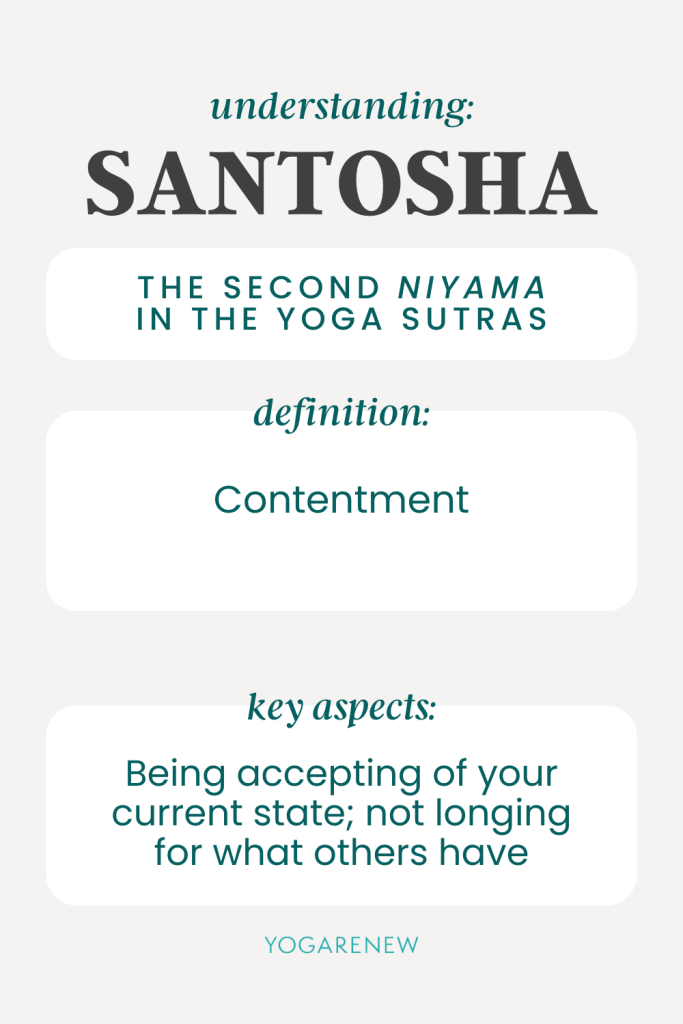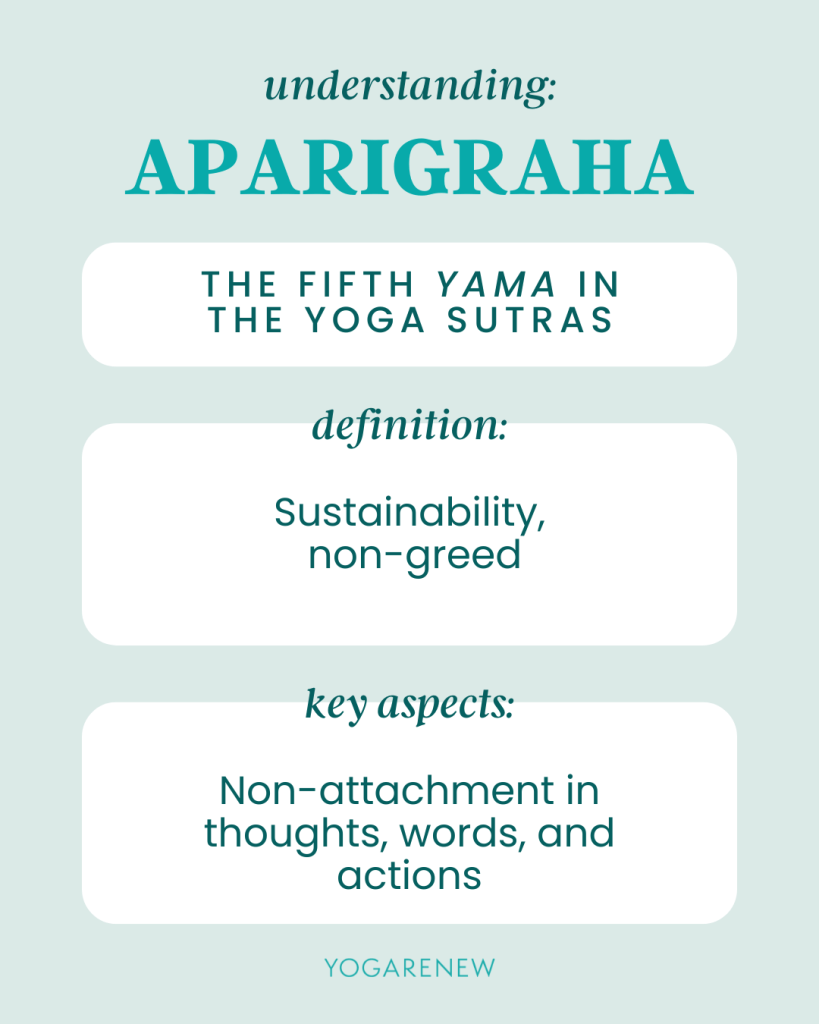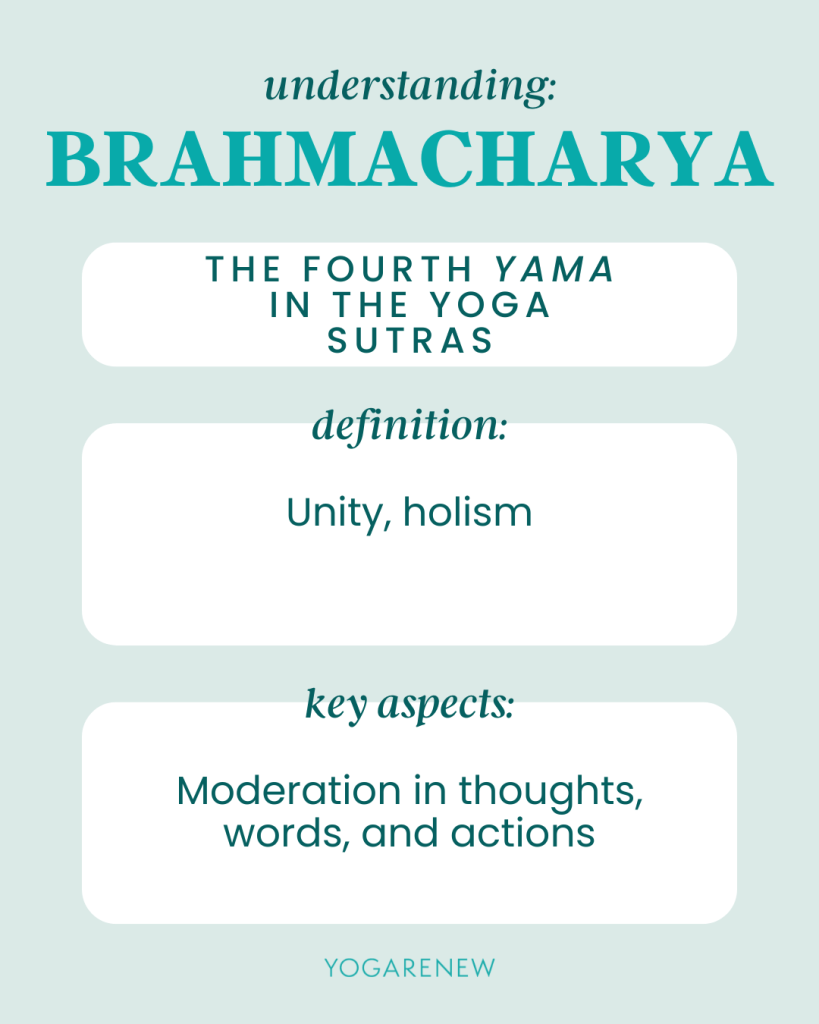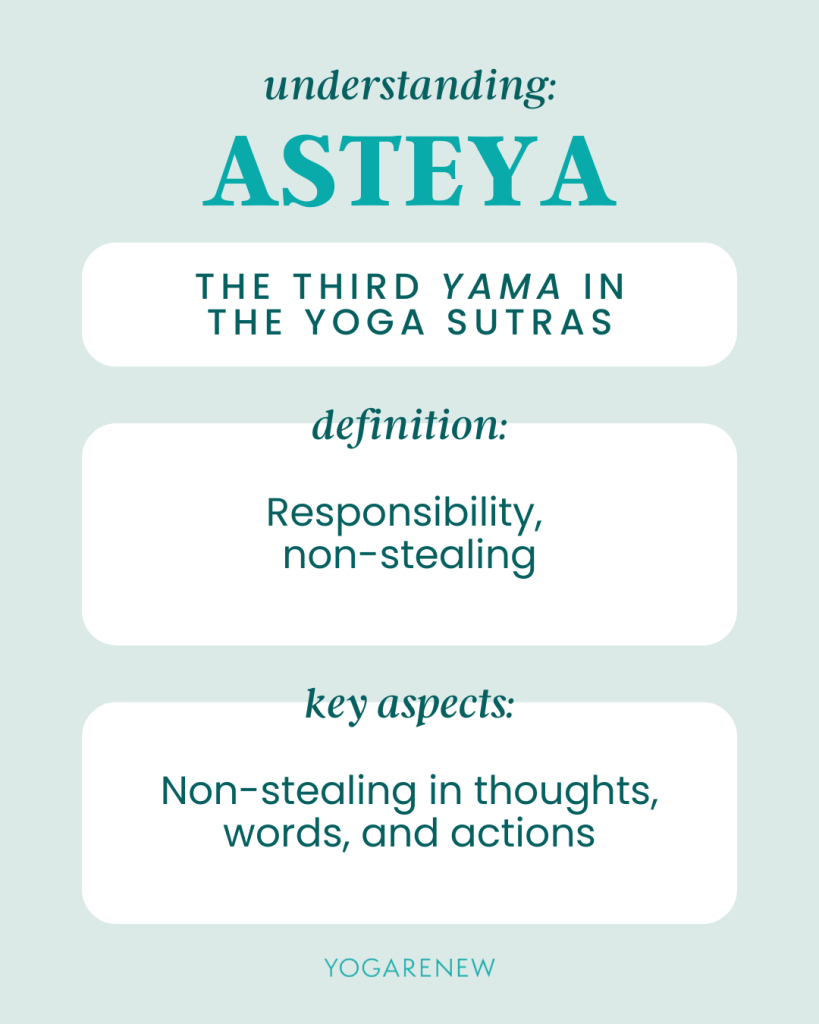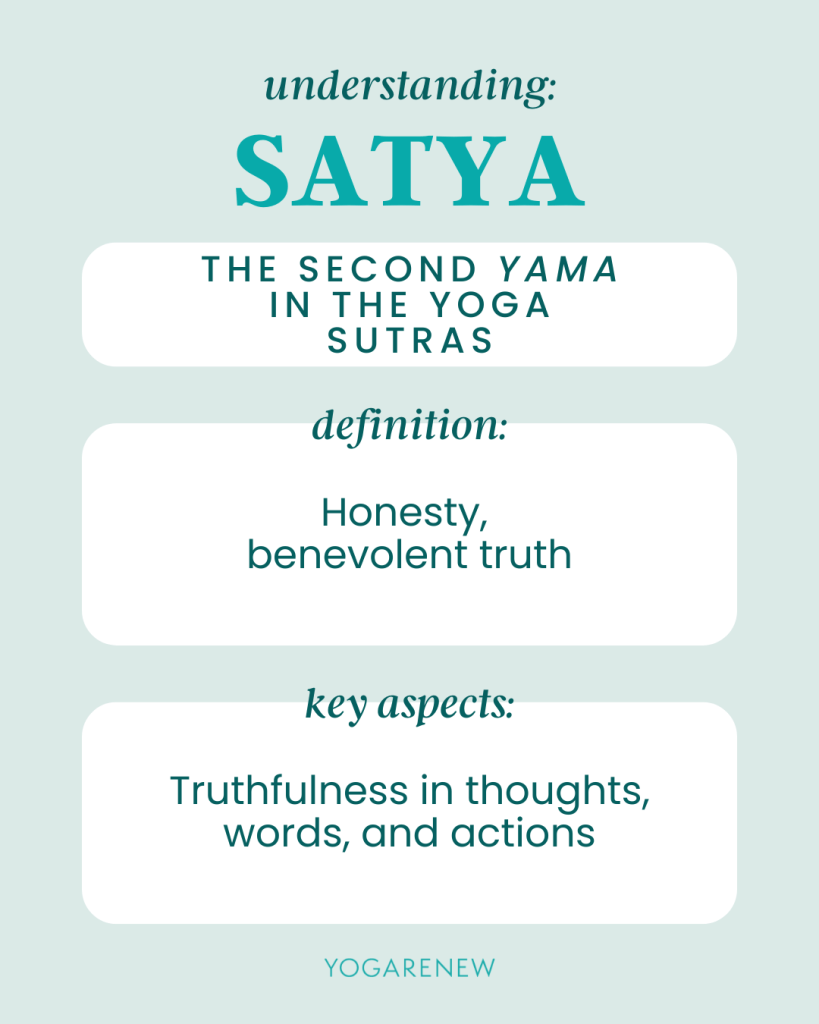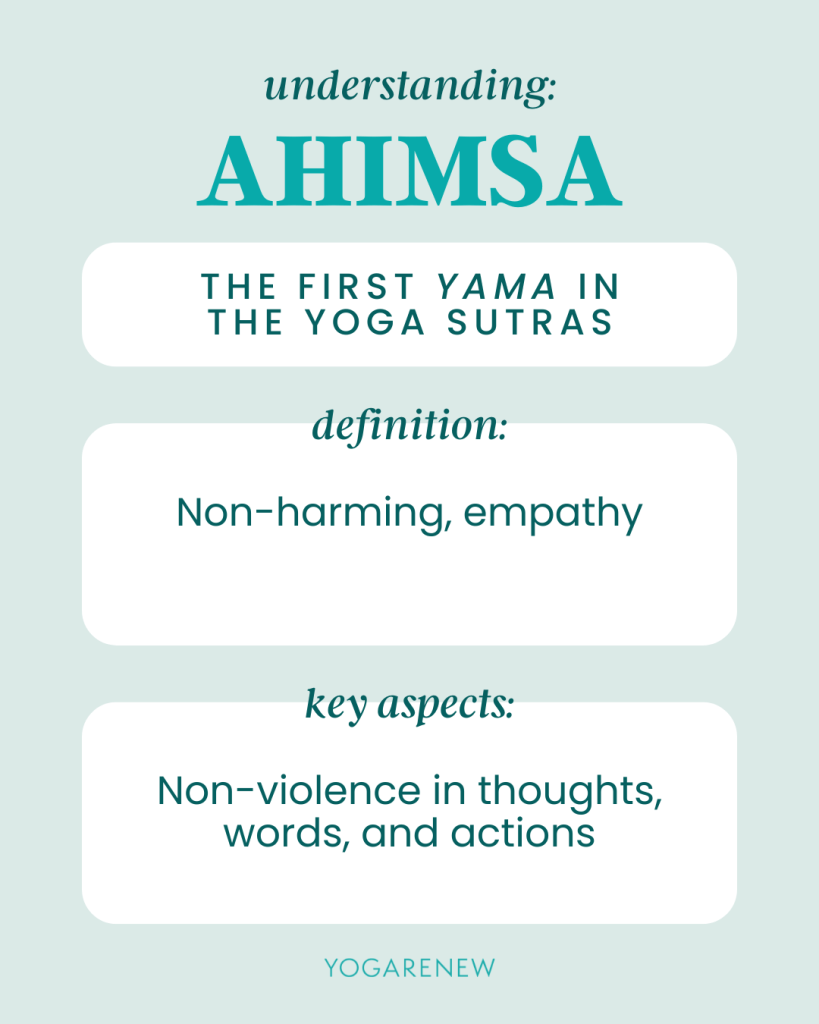
Santosha, one of the essential principles in yogic philosophy, invites us to cultivate contentment and gratitude in every aspect of our lives. Derived from Sanskrit, Santosha means “contentment” or “satisfaction,” and it is one of the five Niyamas outlined in Patanjali’s Yoga Sutras. In this blog post, we will explore the significance of Santosha within yogic practices and how embracing this principle can lead to a more balanced, mindful, and fulfilling life.
Understanding Santosha in Yoga
Santosha is the second of the five Niyamas, following Saucha (cleanliness). It emphasizes the importance of finding joy and contentment in the present moment, regardless of external circumstances. By practicing Santosha, we learn to appreciate what we have and develop a sense of inner peace that transcends the ups and downs of daily life.
Santosha on the Mat: Physical Practice
In the context of yoga practice, Santosha encourages us to find contentment and gratitude in our physical practice. Here’s how Santosha can be applied on the mat:
- Acceptance: Embrace your current level of ability and progress in your practice. Avoid striving for perfection and instead appreciate your body’s capabilities and limitations.
- Gratitude: Cultivate a sense of gratitude for your practice. Acknowledge the time and effort you dedicate to your well-being and the benefits it brings to your life.
- Mindful Presence: Focus on being fully present during your practice. Let go of distractions and immerse yourself in the experience of each pose, finding joy in the journey.
Santosha Beyond the Mat: Daily Life
Santosha extends into every aspect of our daily lives, guiding us to live with contentment and gratitude. Here are some ways to integrate Santosha into your daily routine:
- Gratitude Practice: Regularly practice gratitude by acknowledging and appreciating the positive aspects of your life. Keep a gratitude journal or take a few moments each day to reflect on what you are thankful for.
- Mindful Living: Embrace the present moment and find contentment in everyday activities. Whether it’s enjoying a meal, spending time with loved ones, or simply taking a walk, focus on the joy and satisfaction these moments bring.
- Positive Mindset: Develop a positive mindset by focusing on the good in every situation. Challenge negative thoughts and replace them with positive affirmations that reinforce contentment and gratitude.
Santosha in Relationships
Santosha also influences our relationships by encouraging us to approach interactions with a sense of contentment and appreciation. Practicing Santosha in relationships involves:
- Appreciation: Express gratitude and appreciation for the people in your life. Recognize their positive qualities and the joy they bring to your life.
- Non-Judgment: Avoid comparing yourself to others or judging their choices. Embrace a non-judgmental attitude and appreciate people for who they are.
- Supportive Interactions: Foster supportive and positive interactions. Encourage and uplift others, creating a harmonious and contented environment.
Santosha and Inner Peace
Embracing Santosha cultivates inner peace by helping us find contentment and joy in the present moment. By focusing on gratitude and appreciation, we shift our perspective from what we lack to what we have. This shift creates a sense of abundance and fulfillment, allowing us to live more freely and joyfully, aligned with our true purpose.
Conclusion: The Journey of Santosha
Incorporating Santosha into our yogic practice and daily lives is a continuous journey of self-awareness and growth. It challenges us to live with contentment, gratitude, and mindfulness, fostering deeper connections with ourselves and others. As we embrace Santosha, we align more closely with the true essence of yoga—unity, harmony, and inner peace.
By living with a mindset of contentment and gratitude, we create a ripple effect of mindfulness and well-being in the world, inspiring others to join us on this transformative path. Let Santosha guide you both on and off the mat, nurturing a life of integrity, connection, and inner tranquility.
Continue Reading...
Take a Journey Through the Yamas/Niyamas
Enhance your spiritual journey with incredible insight on the Yamas/Niyamas in Julie Pasqual’s immersive and transformative online course. Get started for free, and gain access to YogaRenew’s Ether app with all of our workshops, classes, series and live events.


